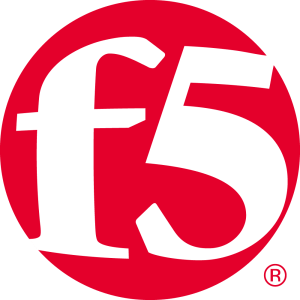What is our primary use case?
I work with containers. I do the architecting, but there are times when I also do the implementation. So I'm familiar with the products, particularly NGINX.
NGINX App Protect is used in Kubernetes and OpenShift environments.
What is most valuable?
NGINX App Protect has complete control over the HTTP session. I can experiment with whatever I want. I can start with URLs and cookies. I can work with parameters and everything that I need. I can work with signatures also. I can inspect the traffic whenever I want.
What needs improvement?
As I see it now, there are some things to improve, but the F5's WAF is, more enhanced when compared to NGINX's. However, they have done a good job adapting it.
It should be automated in some way.
Currently, the policies have to be handled manually, and you have to create from scratch, which can be a bit time-consuming, in a large environment.
It would be good if some kind of automation was included.
For how long have I used the solution?
I have worked with NGINX App Protect for at least three or four years.
What do I think about the stability of the solution?
NGINX App Protect is a stable product. Because it's an additional module, we use it in conjunction with the Ingress Controller, but it can also be run anywhere, as a VM or whatever you need.
They did an excellent job porting the VSM code to NGINX.
What do I think about the scalability of the solution?
NGINX App Protect is scalable, but, handling the configuration is still time-consuming. It doesn't have a centralized option. They have the NGINX controller and some APIs to do it, but it isn't fully scalable in my opinion.
How are customer service and support?
I've known them for a long time because I began working with F5 more than ten years ago. Even though my primary experience is with F5, and I don't have many tickets open in NGINX in general, the service is quick. But, in my opinion, it's pretty solid.
Which solution did I use previously and why did I switch?
I began with F5 products such as ASM. It performs the functions of the various firewalls. When NGINX was acquired by F5, they adapted the module for NGINX, which was dubbed App Protect. When this became public, I began to work with NGINX in this case as well.
How was the initial setup?
The implementation process is not simple. If you have more than one, the policy must be created from scratch in YAML files, which is not automated and takes time.
What's my experience with pricing, setup cost, and licensing?
The pricing is reasonable because NGINX operates on an instance basis. There are differences. There is some leeway in how much the instance can cost, depending on the customer and other actions, but it's reasonable in my opinion.
Which other solutions did I evaluate?
I work as a consultant for a company and am currently evaluating some products.
What other advice do I have?
We are a partner with F5. I am currently evaluating Prisma Cloud because they have a WAF option on Palo Alto and I'm looking into it. But, aside from Prisma, I've never seen the WAF. So I'm attempting to make some comparisons in order to learn the Prisma side and see how it works with NGINX. I downloaded a document to get a head start on it and to form an idea for now.
I would rate NGINX App Protect a seven out of ten.
*Disclosure: My company has a business relationship with this vendor other than being a customer: Partner







